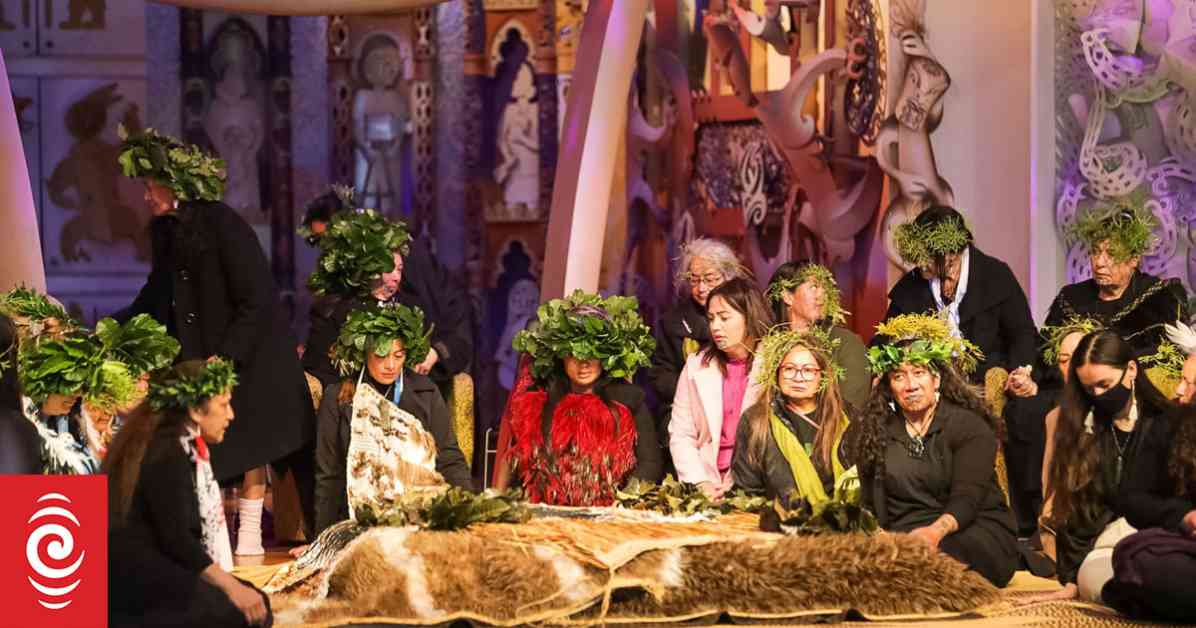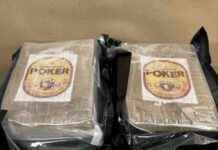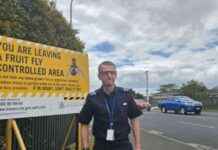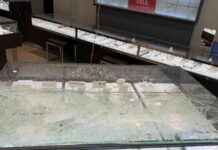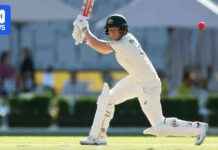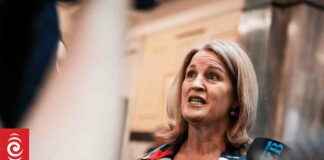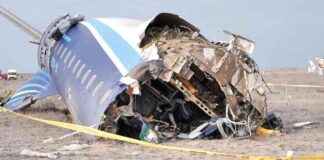The return of Moriori Ancestors to Aotearoa: A Heartfelt Journey
In a deeply emotional and significant event, two Moriori karapuna or ancestors made their way back to Aotearoa this week. This repatriation marked a pivotal moment in the ongoing efforts to bring home the estimated 150 Moriori ancestors still scattered in museums and institutions worldwide. The Hokotehi Moriori trust board Trustee, Hana-Maraea Solomon, expressed the immense importance of having these ancestors back home, emphasizing the deep significance of caring for them once again.
Repatriating these karapuna was not a simple task. It involved years of consultation and engagement with various museums, each presenting its unique challenges. Solomon highlighted the complexities of this process, acknowledging the individuality of each institution and the need for meticulous planning and collaboration. The recent repatriation ceremony held at Te Papa was a poignant moment, filled with cultural traditions and respect for the ancestors making their way back to their homeland.
The journey of these Moriori karapuna from the National Museum of Australia in Canberra to Te Papa was a two-year collaborative effort. Identified through handwritten inscriptions, these ancestors had resided with the National Museum of Australia for a significant period. Now, they found a temporary resting place at the Te Papa wāhi tapu, joining 512 other ancestors until the Moriori community decided on the appropriate time to return them to Rēkohu. Solomon expressed gratitude for Te Papa’s willingness to house these karapuna, underscoring the ultimate goal of bringing them back to their rightful resting place in Rēkohu.
Looking ahead, more repatriations are planned for later this year, with ancestors set to return from the United States and the United Kingdom. The Karanga Aotearoa Repatriation Programme, in operation since 2003, has successfully brought back nearly 500 Moriori ancestors, aiming to repatriate all Māori and Moriori ancestral remains. Solomon emphasized the long-term commitment required for these repatriations, noting the extensive consultation and engagement involved in each case. She shared insights into the meticulous planning and dedication that have characterized this decades-long mission, with over 560 karapuna already returned and an estimated 150 more to go.
Reflecting on past repatriations from museums worldwide, Solomon recounted the complexities and challenges faced in each case. The recent return of over 60 kōiwi from the Natural History Museum in Vienna in 2022 and more than 100 ancestors from museums in Germany in 2023 highlighted the global scope of this repatriation effort. Each journey brought its own set of obstacles and triumphs, underscoring the ongoing commitment to honoring and preserving Moriori and Māori heritage.
The repatriation of Moriori ancestors stands as a testament to resilience, cultural pride, and the enduring connection to ancestral lands. As the journey to bring back these karapuna continues, the Hokotehi Moriori trust board and collaborators remain steadfast in their mission to ensure that every ancestor finds their way back home. The repatriation efforts are not just about returning remains; they are about honoring the lives, stories, and legacies of those who came before us. The journey may be long and arduous, but the destination—a homecoming for all Moriori ancestors—is a beacon of hope and healing for generations to come.
